Embodied & operational carbon comparison for mid-rise construction with wood v concrete
The embodied carbon and operational carbon of mid-rise buildings in Canada and northern USA was studied in-depth in the wood v concrete mid-rise construction report recently completed by Ecohabitation in Quebec.
The infographic is below, and the complete 128 page report including appendices and a copy of this infographic can all be downloaded below.
Download the free mid rise report and infographic
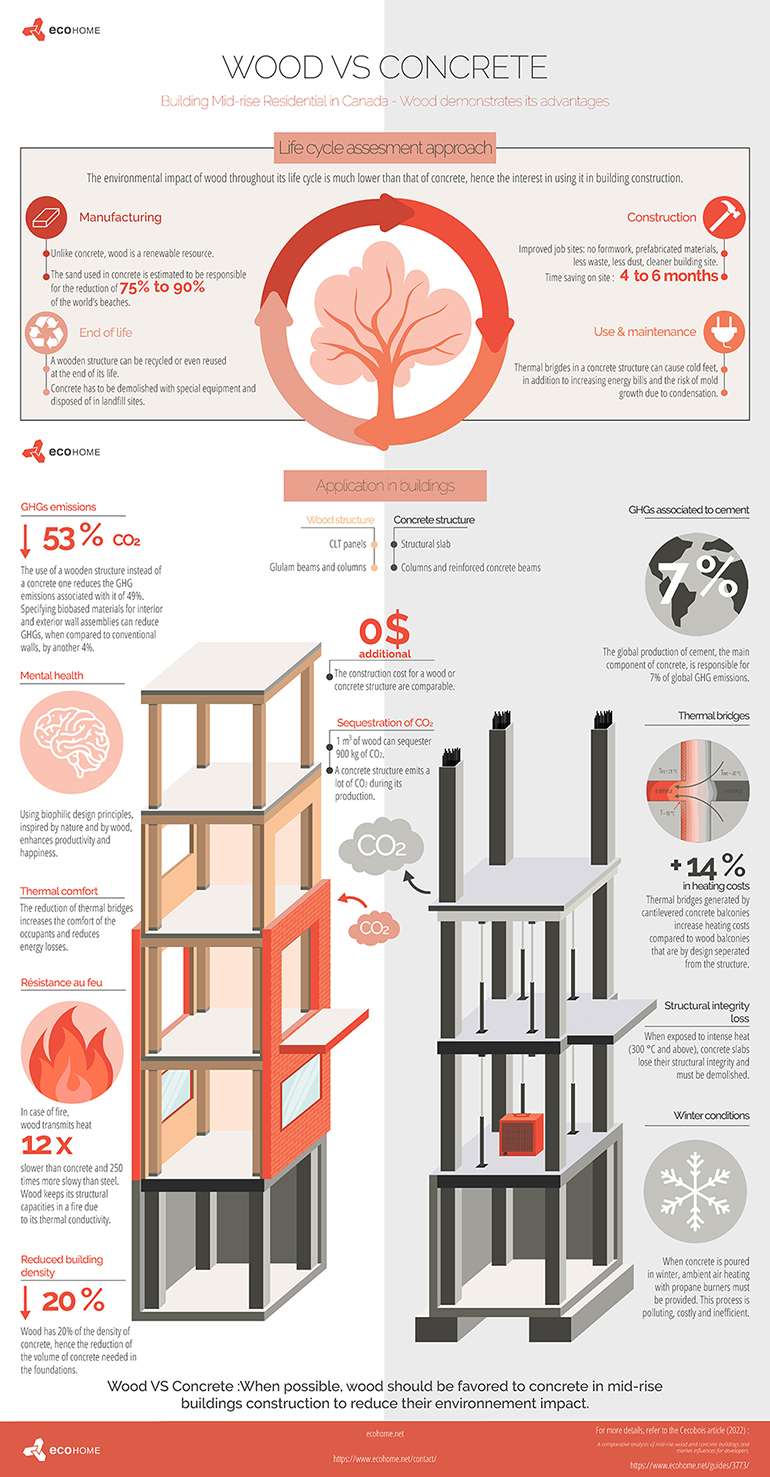
The embodied carbon from building construction is responsible for 10% of all energy-related global emissions, and must be addressed if Canada and North America are to meet their climate change goals.
In the building sector, most embodied carbon stems from the extraction of raw materials, manufacturing, transportation and installation of materials used in construction, also referred to as 'upfront carbon'.
These emissions are released into the atmosphere well before a building is operational, re-enforcing the need for immediate action to reduce embodied carbon. Increasingly, construction projects are performing life-cycle assessments to quantify embodied carbon, often it is primarily a skill building and awareness exercise but that is changing.
In 2019, the World Green Building Council called for a 40% reduction in embodied carbon by the year 2030. Canada's building sector is transitioning from the basic quantification and reporting of embodied carbon to a stage where reductions must be demonstrated.
The LEED and Zero Carbon Building Design certification programs already reward projects for reductions in embodied carbon as does V4 of the Toronto Green Standard. The city of Vancouver set an embodied-carbon reduction target for new construction of 40 percent by 2030 and the programs needed to achieve this are being put into place.
The construction of mid-rise residential and mixed use residential is a fast growing sector in North American development that is an important element for the densification of urban conurbations while at the same time reducing the embodied carbon content and operational carbon by planning high-efficiency buildings and by making careful construction material choices.
Solid wood, CLT and glulam wood frames are significant for low-embodied carbon construction and bio-economic development in Canada, especially for mid-rise buildings in North America:
Find more about green home construction in the Ecohome Green Building Guide pages and learn more about the benefits of a free Ecohome Network Membership here. |























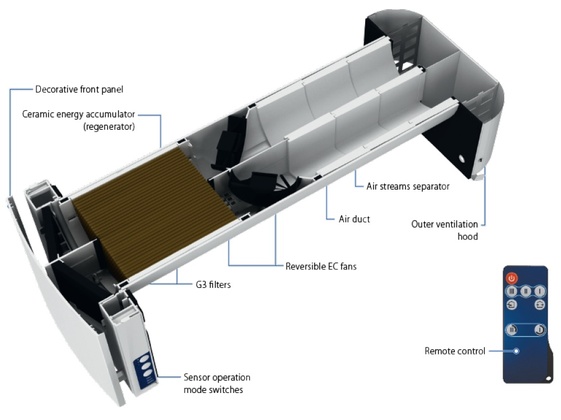







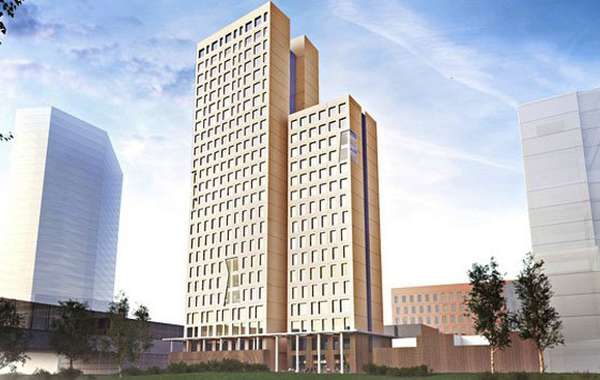
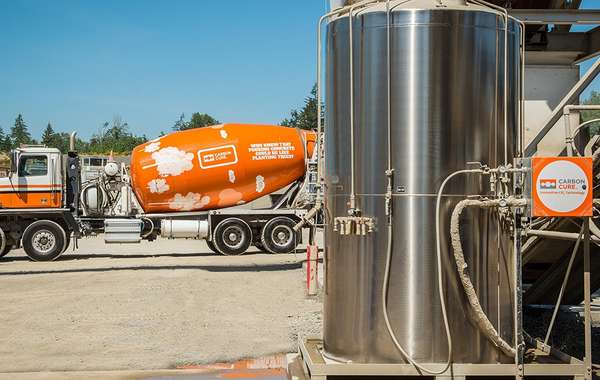
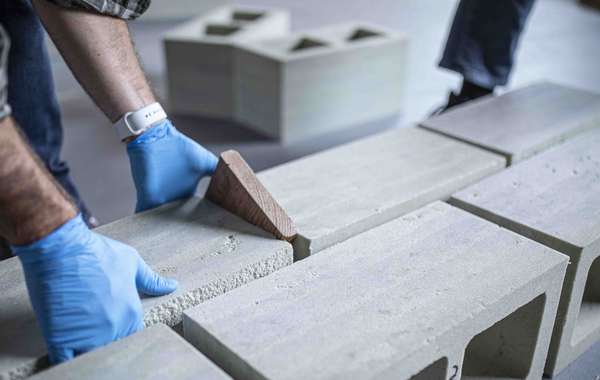

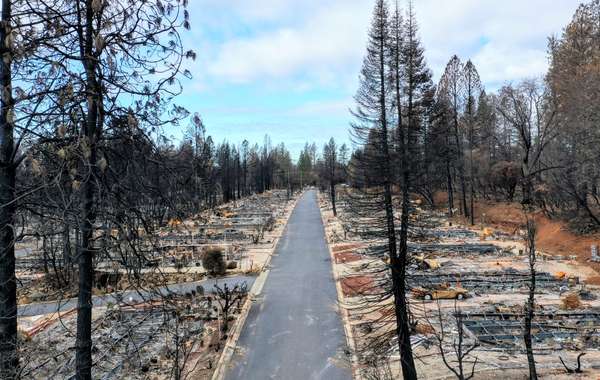
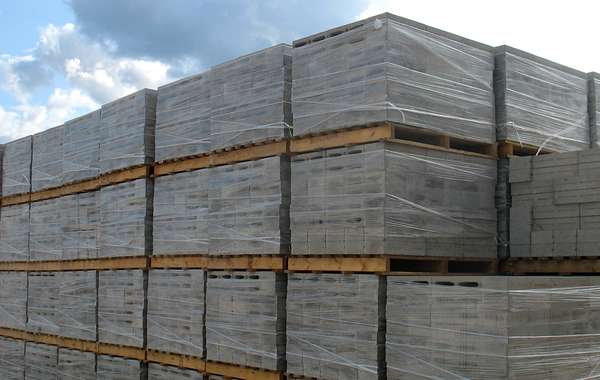
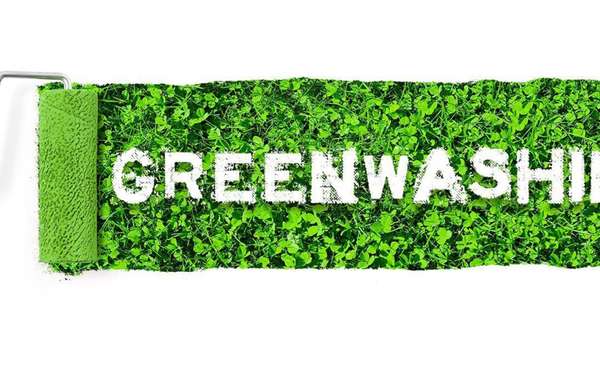
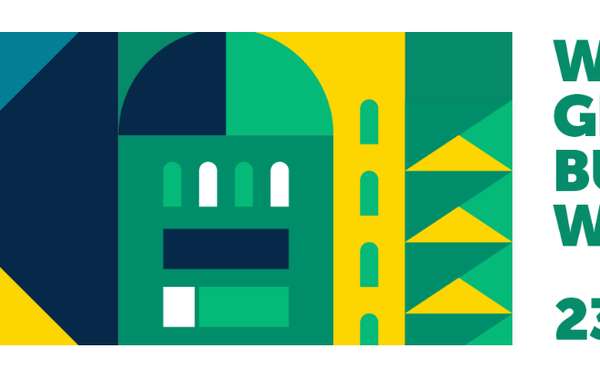
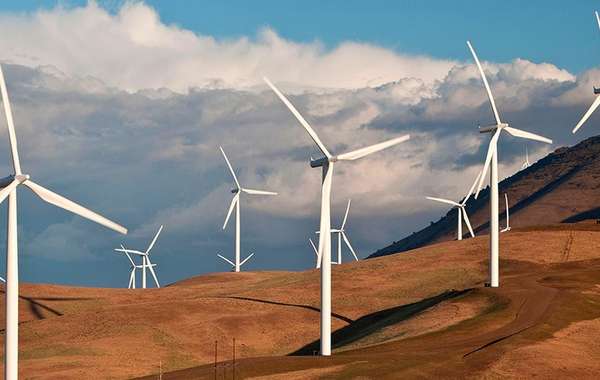
Comments (0)
Sign Up to Comment